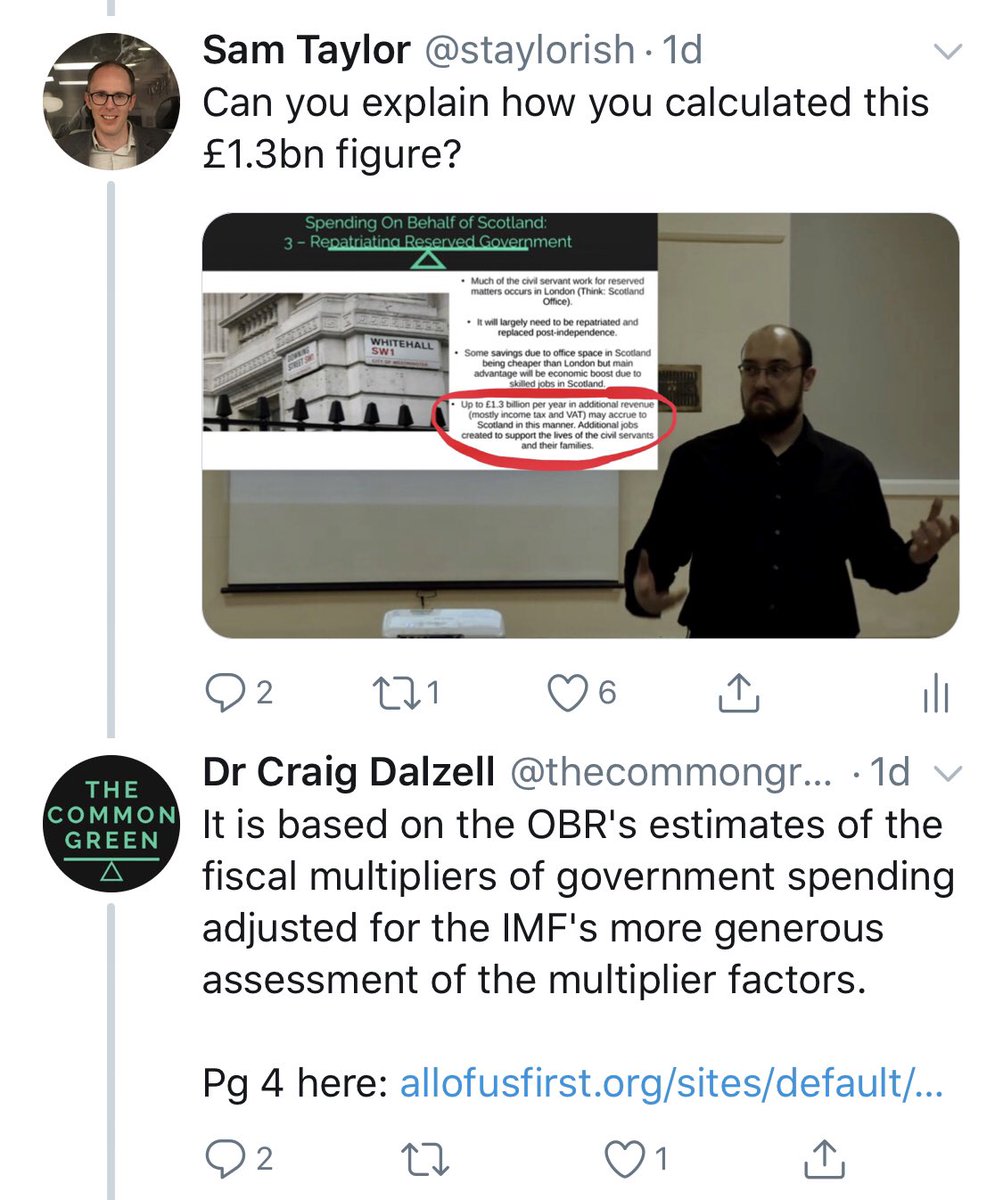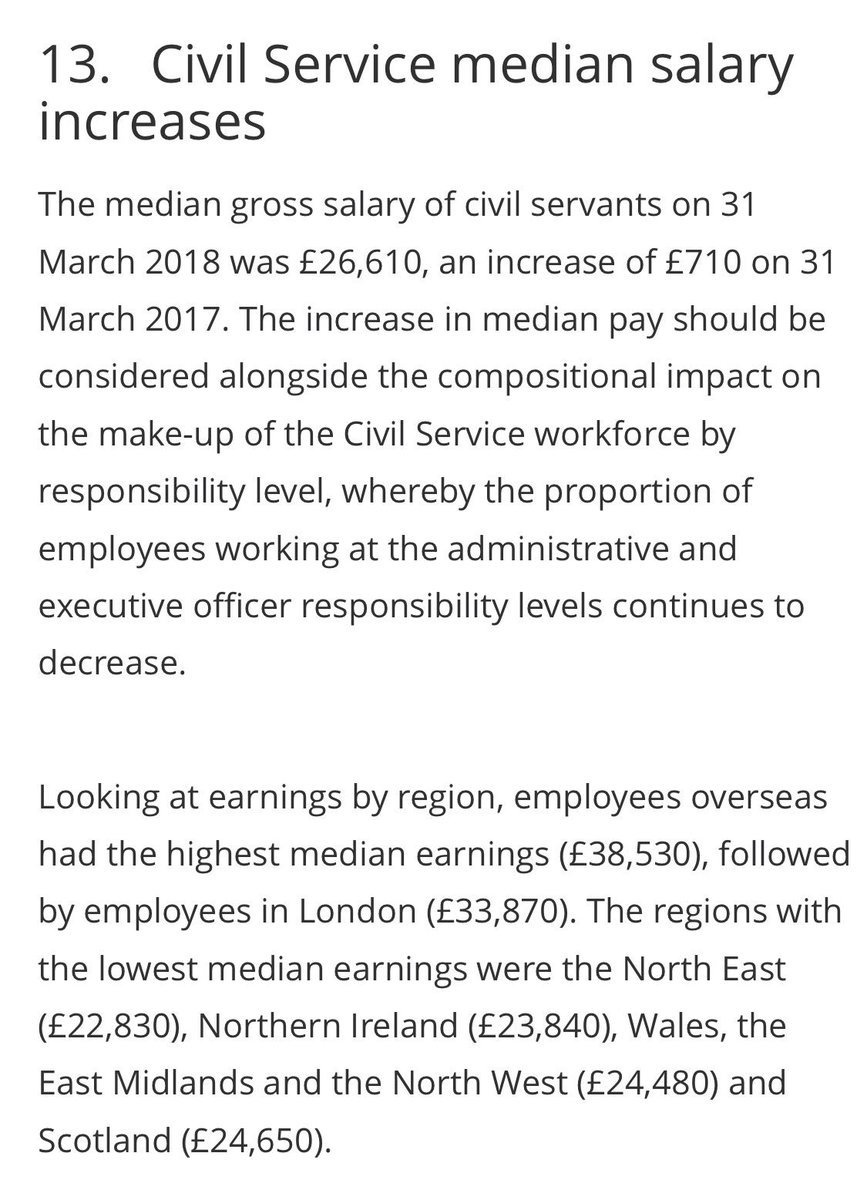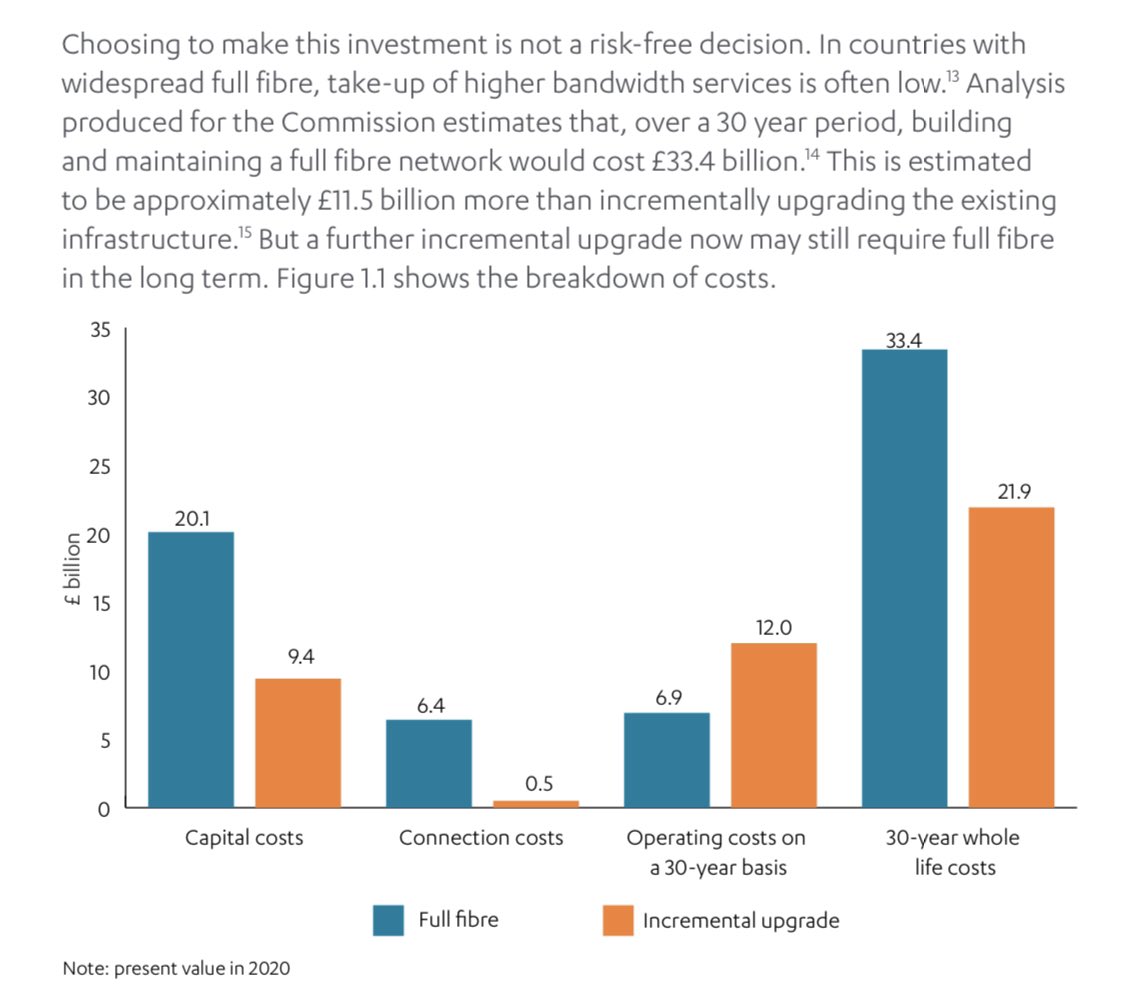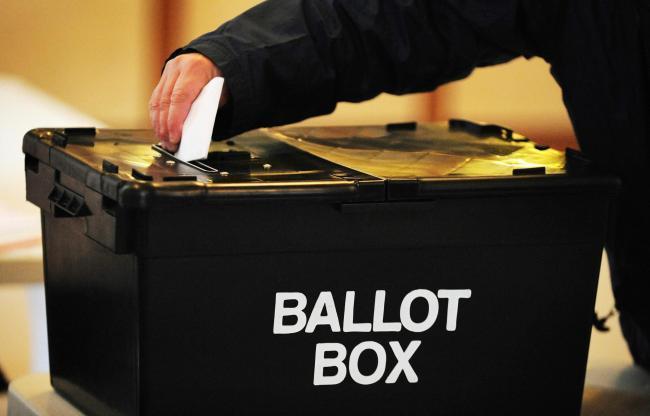
Doing the maths for every department will get you the exact answer, but fortunately just two account for the lion’s share of the issue: DWP and HMRC. (10/18)

Here is Craig’s talk (video should start at the point he begins to speak about this issue).
And an error in the first tweet of this thread needs correcting: the talk was not last week, it was the week before last. (I’m a stickler for detail).
Tweet (13/18) includes a minor error. The departmental totals are actually the number of “full time equivalent” employees, but the figures for Scotland are total headcount (ie part- and full-time).
















